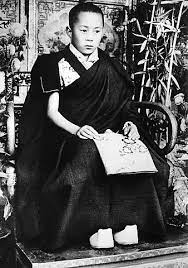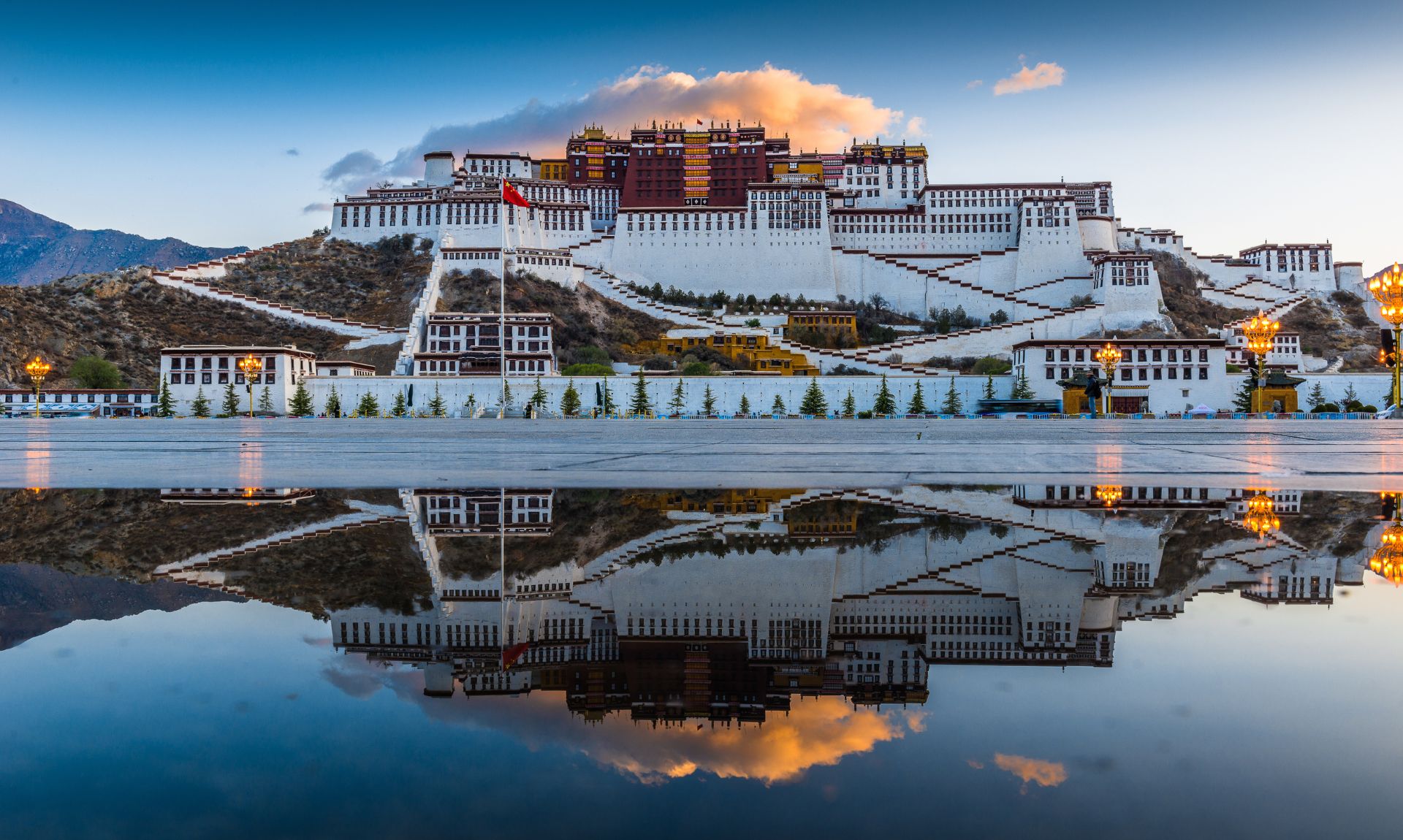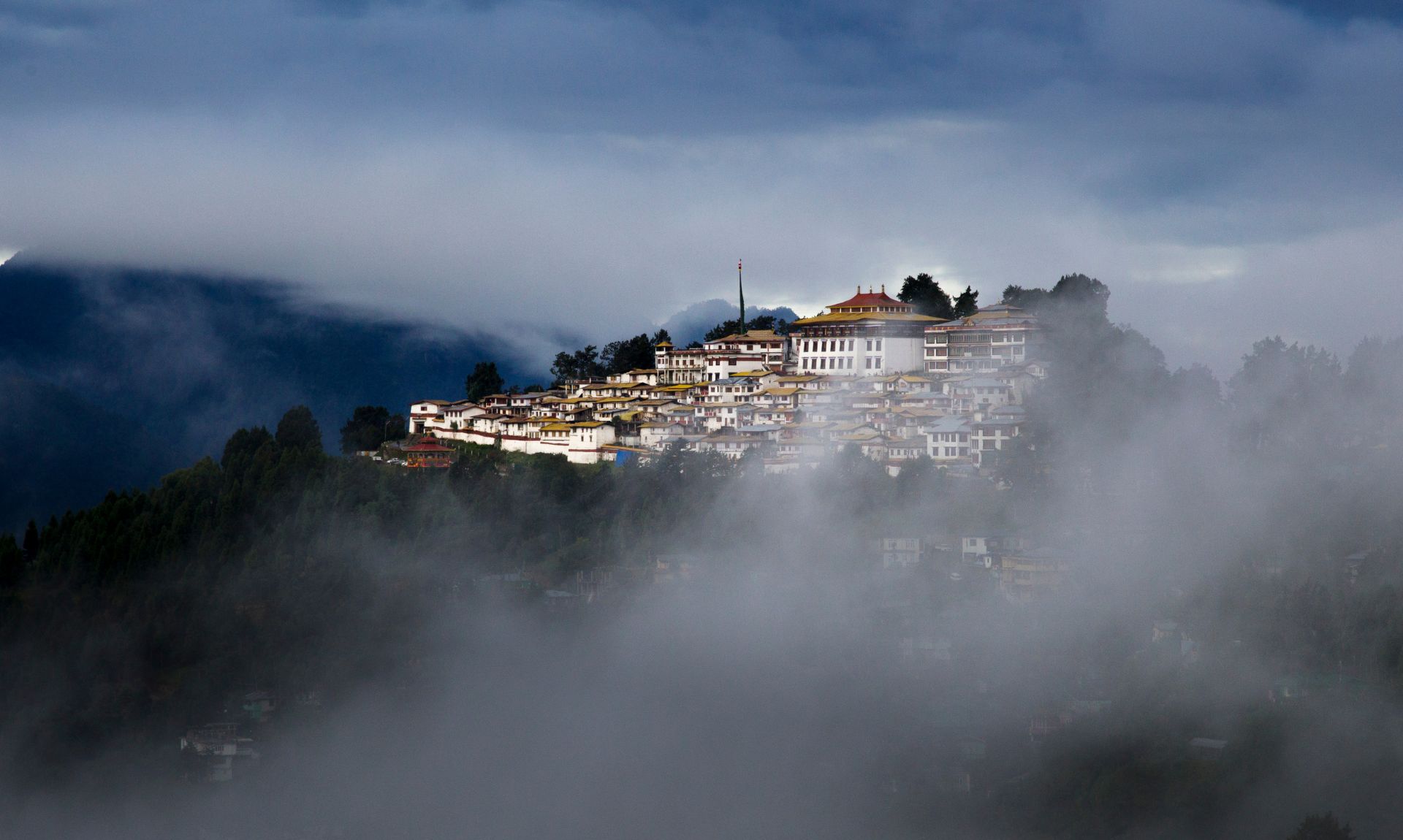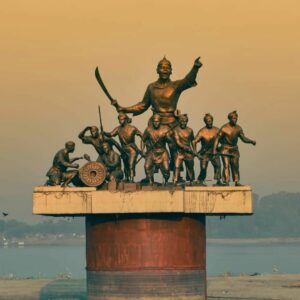TABLE OF CONTENTS

On the night of March 17th, 1959, a 23 year old young man slipped out of his bedroom window in Lhasa and into the dark, cold night. His name was Tenzin Gyatso, but to millions around the world, he was the 14th Dalai Lama, the sole and post powerful spiritual leader of Tibet. The Dalai Lama’s escape marked the end of an era in Tibet and the beginning of a long exile for the Tibetan leader.
1950s TIBET : BACKGROUND OF CHINESE OCCUPATION OF TIBET

Tibet had declared itself an independent nation in 1913, but China refused to recognize this and maintained that Tibet was a part of China. In 1949, the Communist Party of China came to power and claimed Tibet as a part of the People’s Republic of China. In 1950, the People’s Liberation Army (PLA) marched into Tibet and occupied the country. They forced the Tibetan government to sign the 17-Point Agreement, which recognized Chinese sovereignty over Tibet while granting the Tibetans autonomy in their internal affairs. However, the Chinese government failed to implement the agreement and instead began a process of repression and cultural assimilation in Tibet. The 14th Dalai Lama, only 15 years old at the time, assumed the role of the head of the Tibetan government.
As China continued to exert its influence over Tibet, the Dalai Lama grew increasingly concerned about the loss of Tibetan autonomy and cultural identity. Despite the tender age, the Dalai Lama had been negotiating with the Chinese government to try and establish a peaceful resolution, but the situation had reached a breaking point.
DALAI LAMA’S ESCAPE FROM PALACE

Dalai Lama writes in his autobiography that, General Zhang Jingwu, a Chinese official, extended an invitation to hold the Chinese dance troupe performance at the Chinese military headquarters, and the Dalai Lama confirmed his acceptance. The date was set to 10 March, 1959 at the last minute and Dalai Lama’s bodyguards and other officials were not informed. Upon communication, the Chinese officials, on 9 March, insisted that they would handle the Dalai Lama’s security and that the performance was to be conducted “in absolute secrecy” and without any armed Tibetan bodyguards, causing suspicion and fear that plans were being laid for a Chinese abduction of the Dalai Lama. By custom, an escort of twenty-five armed guards always accompanied the Dalai Lama and the entire city of Lhasa would line up whenever he went. Word of this spread from Norbulinka Palace into the city of Lhasa.
On 10 March, thousands of Tibetans gathered around the Palace to urge Dalai Lama to not go to the performance and the protests increasingly grew to be anti-Chinese. This mobilization forced the Dalai Lama to turn down the army leader’s invitation. These protests soon turned into an uprising that demanded for Tibet independence from the Chinese Government. As a cautionary measure, he was soon advised to escape from Tibet. Preparations began from 15 March with 3000 of the Dalai Lama’s trusted bodyguards leaving Lhasa to position themselves along an anticipated escape route into India.
DALAI LAMA ENTERS INDIA



Travel with us
You may also like to read:



